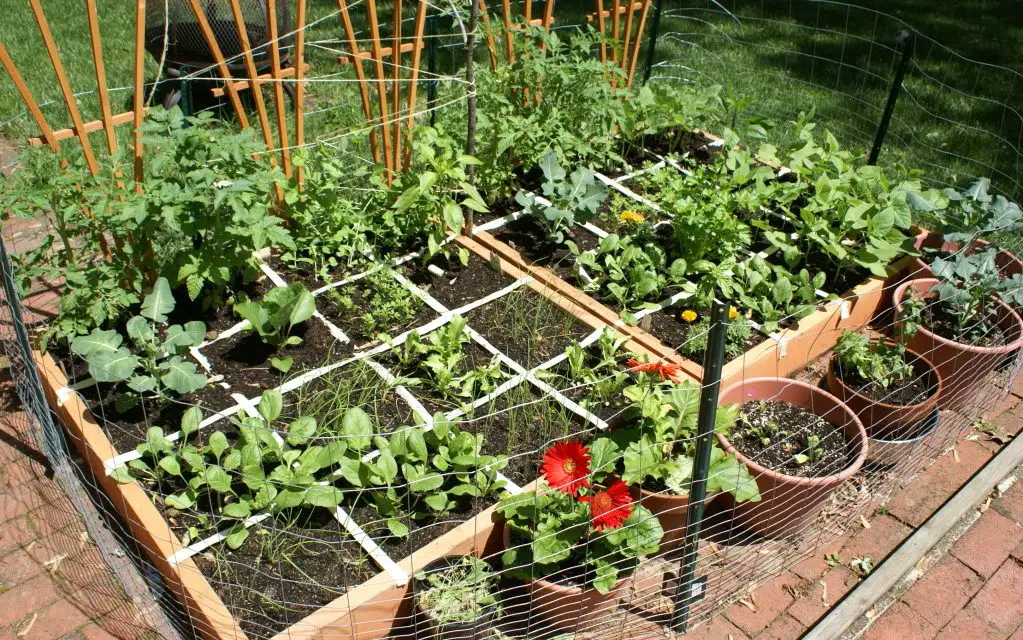How to Start a Vegetable Garden for Beginners

Are you dreaming of fresh, homegrown vegetables but feeling overwhelmed by the thought of starting a garden? Fear not! Starting a vegetable garden is like learning to ride a bike—it might seem daunting at first, but with a little guidance and practice, you'll be cruising through the seasons with a bountiful harvest. Let's dive into the world of beginner gardening and explore how to start a vegetable garden that will flourish under your care.
Getting Started: The Basics of Vegetable Gardening
Choosing the Right Location
The first step in starting your vegetable garden is selecting the perfect spot. Think of it like choosing a home—you want a location that offers plenty of sunlight, good drainage, and protection from harsh winds. Most vegetables need at least 6-8 hours of sunlight daily, so a sunny spot is crucial. Avoid areas prone to flooding or where water tends to pool.
Preparing the Soil
Just as a house needs a strong foundation, your garden needs healthy soil. Start by testing your soil's pH level to ensure it's suitable for growing vegetables. Most vegetables prefer a pH between 6.0 and 7.0. You can purchase a soil testing kit from your local garden center or consult with a local agricultural extension service.
Once you've tested the soil, it's time to enrich it. Adding compost or well-rotted manure can significantly improve soil fertility. Till the soil to a depth of at least 12 inches to ensure proper aeration and drainage.
Selecting Your Vegetables
When it comes to choosing what to grow, consider your climate, the space available, and your personal preferences. Some easy-to-grow vegetables for beginners include:
- Tomatoes: Versatile and delicious, tomatoes come in various sizes and colors.
- Lettuce: Quick-growing and perfect for salads.
- Cucumbers: Great for pickling or fresh eating.
- Peppers: Both sweet and hot varieties are easy to grow.
- Radishes: Fast-growing and perfect for adding a crunch to salads.

Planting and Caring for Your Garden
Planting Techniques
Planting your vegetables correctly is key to their success. Follow the seed packet instructions for spacing and depth. Some vegetables, like tomatoes and peppers, are best started indoors and then transplanted into the garden once the danger of frost has passed.
Watering and Mulching
Consistent watering is vital for healthy plant growth. Aim to water deeply once or twice a week, depending on rainfall and soil conditions. Mulching around your plants can help retain moisture, suppress weeds, and regulate soil temperature.
Fertilizing and Pest Control
Regular fertilization ensures your plants have the nutrients they need to thrive. Use a balanced, organic fertilizer every 4-6 weeks. Keep an eye out for pests and diseases. Organic pesticides and insecticidal soaps can help control pests without harming beneficial insects.
Gardening Tips for Success
Rotate Your Crops
Crop rotation helps prevent the depletion of soil nutrients and reduces the risk of pests and diseases. Plan your garden layout so that you rotate the types of vegetables grown in each bed from year to year.
Keep a Gardening Journal
Documenting your gardening journey can be incredibly helpful. Note what works and what doesn't, so you can make adjustments in future seasons. A gardening journal is like a roadmap to success.
Engage with the Gardening Community
Join local gardening clubs or online forums to connect with other gardeners. Sharing tips and experiences can provide valuable insights and support. Websites like Gardeners' World offer a wealth of information and community engagement.

Conclusion
Starting a vegetable garden is a rewarding journey that not only provides fresh, delicious produce but also offers a sense of accomplishment and connection to nature. By choosing the right location, preparing the soil, selecting suitable vegetables, and following good gardening practices, you'll be well on your way to a thriving garden.
Remember, gardening is a learning process. Don't be discouraged by setbacks; each season brings new opportunities to grow and improve. Embrace the journey, and before you know it, you'll be harvesting the fruits (and vegetables) of your labor.
FAQs
What are the easiest vegetables to grow for beginners? Some of the easiest vegetables to grow include tomatoes, lettuce, cucumbers, peppers, and radishes. These plants are relatively low-maintenance and can thrive in a variety of conditions.
How often should I water my vegetable garden? The frequency of watering depends on factors like rainfall, soil type, and weather conditions. As a general rule, aim to water deeply once or twice a week to ensure the soil remains consistently moist.
What is the best time to start a vegetable garden? The best time to start a vegetable garden depends on your climate. In most regions, early spring is ideal for planting cool-season crops like lettuce and radishes. Warm-season crops like tomatoes and peppers should be planted after the last frost date.
How can I protect my garden from pests? There are several ways to protect your garden from pests, including using organic pesticides, installing physical barriers like row covers, and encouraging beneficial insects that prey on pests. Regularly inspecting your plants for signs of pests can help you catch and address issues early.
What should I do if my plants aren't growing well? If your plants aren't growing well, consider factors like soil health, watering, sunlight, and pest or disease issues. Testing your soil, adjusting watering practices, and ensuring your plants receive adequate sunlight can help improve their health. If pests or diseases are present, take appropriate measures to control them.
Happy gardening!
0 Response to "How to Start a Vegetable Garden for Beginners"
Post a Comment